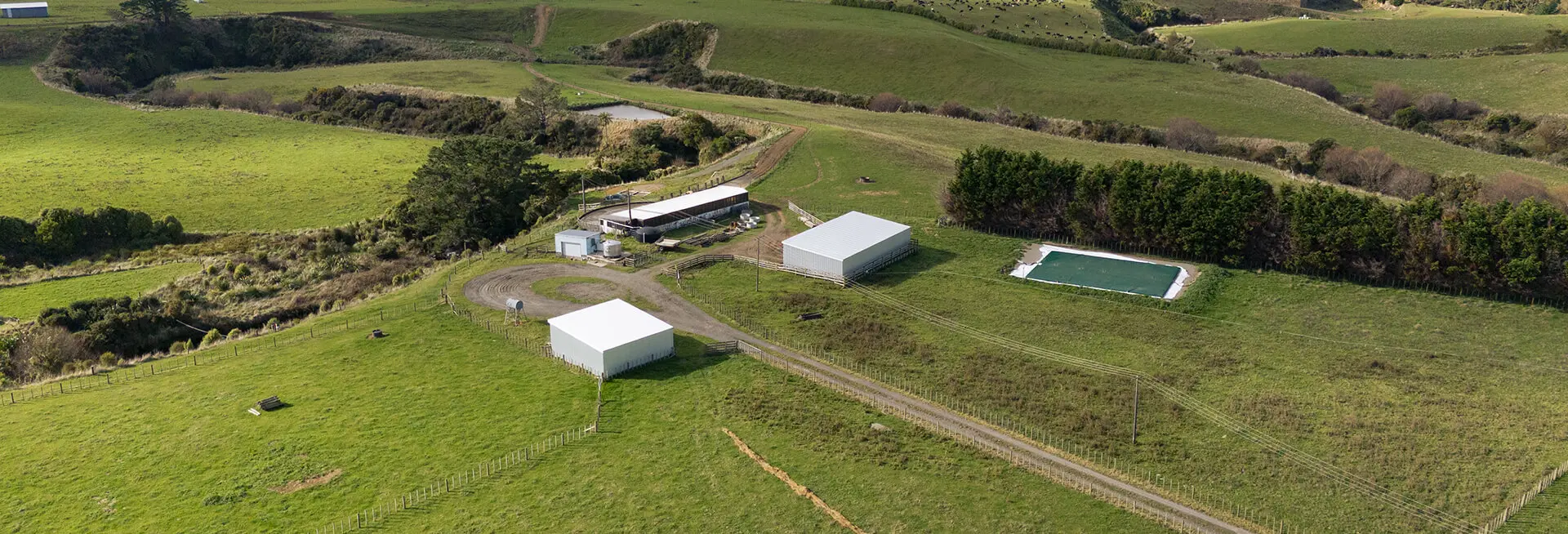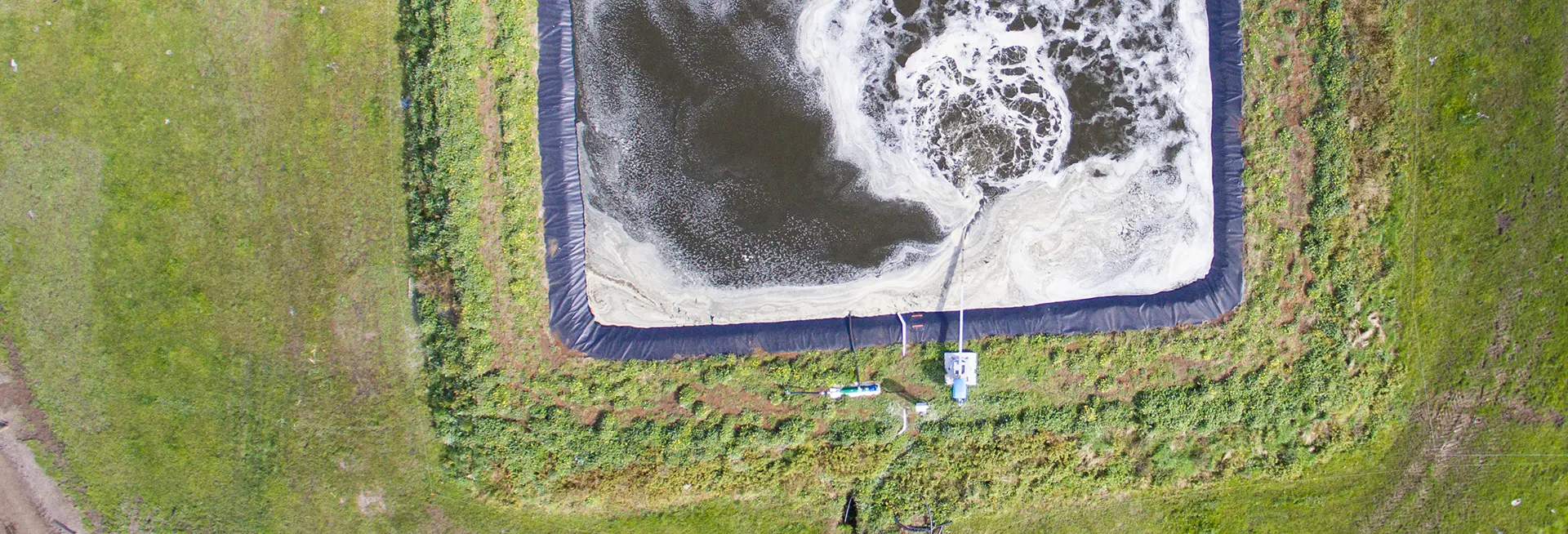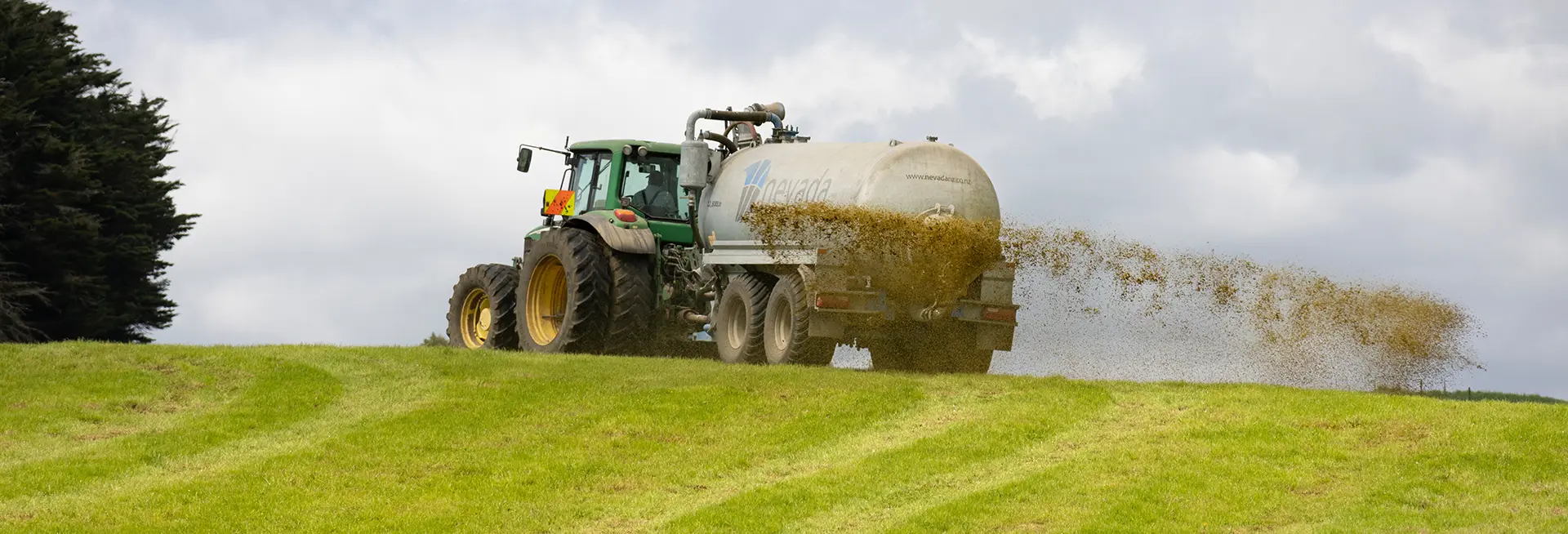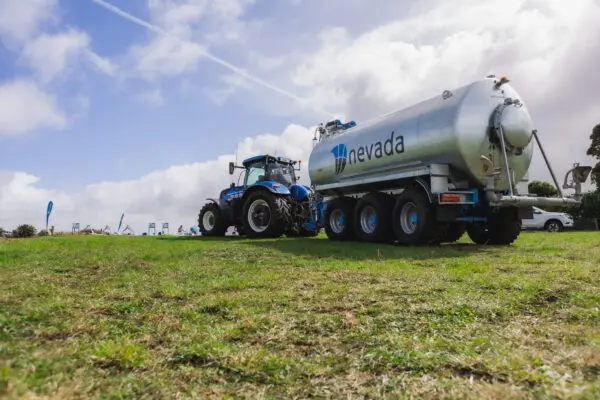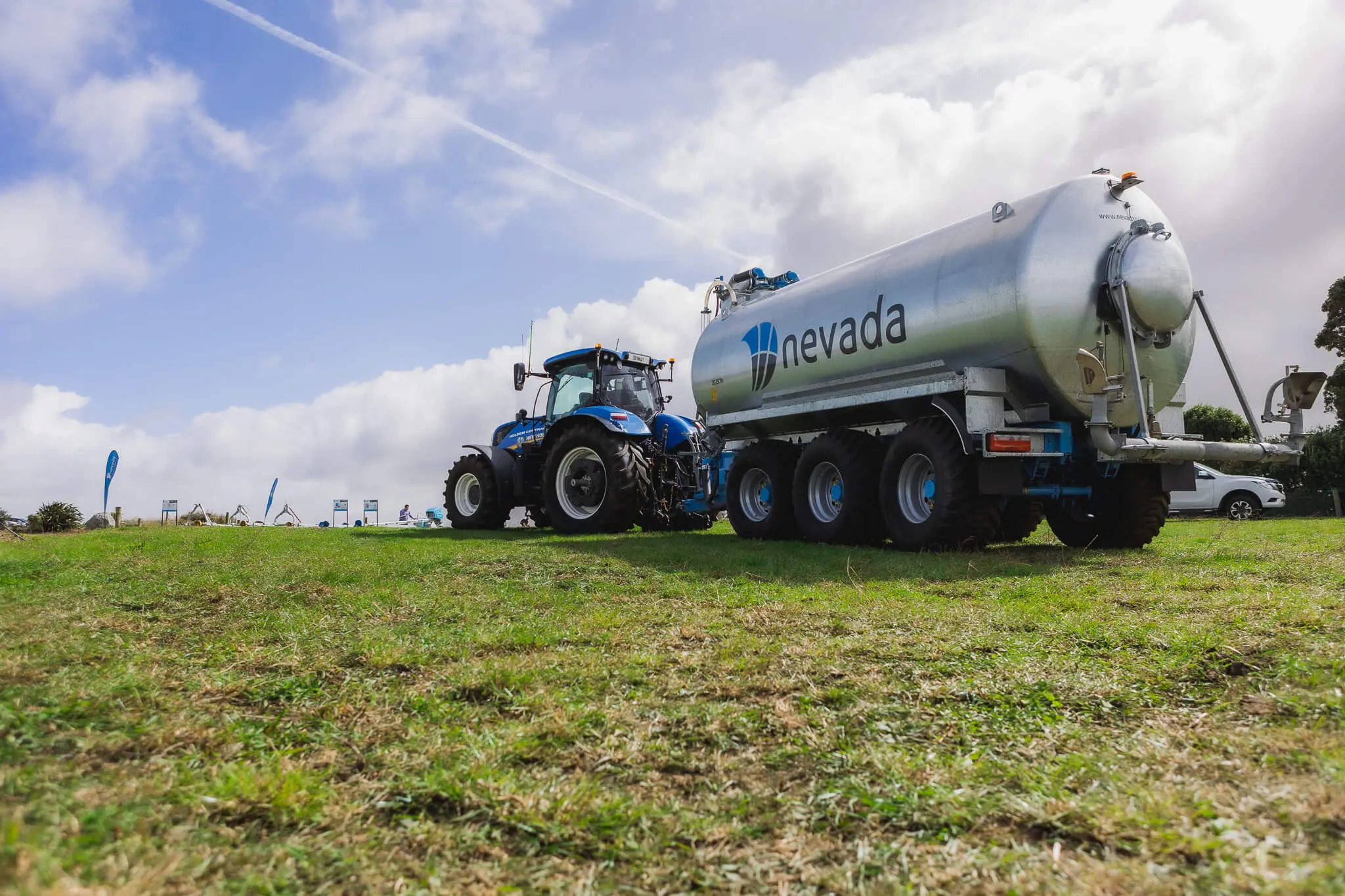There’s a lot of things to consider when choosing effluent equipment for your farm, and when it comes to your spreading application – the way it sprays matters. It affects council compliance rules, operational efficiencies, and the amount of nutrients able to be utilised.
Cutting straight to the chase, the ultimate goal is:
- An accurate, defined spread width for control over where the effluent is landing.
- To keep the spray lower to the ground to minimise wind drift; and
- Produce larger droplets for a less atomised spray, for reduced volitisation and to allow nutrients to get to the root of the structure and not sit on foliage.
Your choice of applicator will depend on the method of application – slurry tanker, umbilical drag hose system, travelling irrigator, travelling rain gun, or stationary irrigators & rain guns. All have their place depending on the farm’s operations, so here’s some important considerations:
Rain guns & irrigators (travelling & stationary)
The main benefits of these spreading applicators are ease of use and speed. The thing to consider here is that in order to achieve a wider, faster spread, rain guns and irrigators often need to spray the effluent higher into the air. This makes the effluent more susceptible to wind drift, meaning you’ll have less control over the application, and more of the nutrients will be absorbed into the atmosphere (volitisation), meaning less is making it into the soil to feed pasture and crops.
If effluent irrigators or rain guns are the best option for your farm, a good strategy is to spread overnight, or at times where the sun is lower to maximise the amount of nutrients making it to the ground. Also be sure to spread a good distance from waterways, roads or neighbouring properties to be sure wind doesn’t carry the effluent into unwanted territory and cause council compliance issues.
Dropper Booms & Disc Injectors
These applicators provide extreme accuracy and next to no wind drift or volitisation issues, which is great. However, there are a few compromises. The application is slower and it takes a little more skill to use the equipment. In terms of how they spread, the thing to be aware of is that applying high concentrations of effluent in defined lines can cause hot spots if not properly monitored – which is not great for council compliance.
RainWave™
For use with either a slurry tanker or umbilical drag hose system, the RainWave applicator produces larger droplets which are spread in a ‘rain-like’ pattern. This provides a wide, low, controlled application with minimal wind drift and volitisation. The larger droplets also mean the effluent isn’t sitting on foliage, and is making it down to the root structure where the nutrients can be absorbed.
